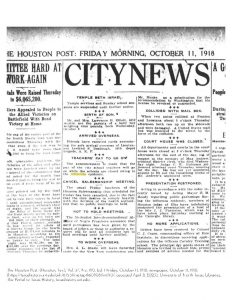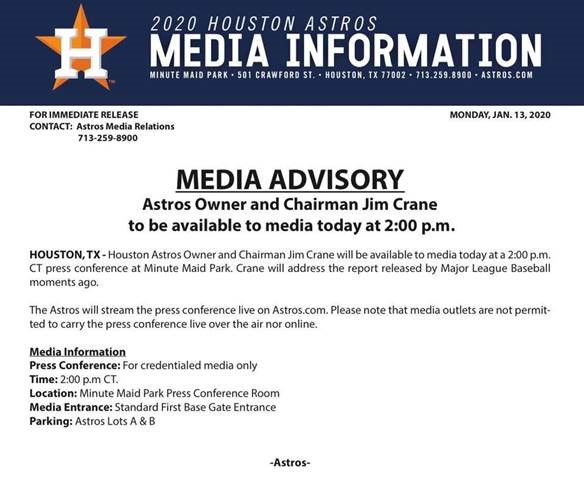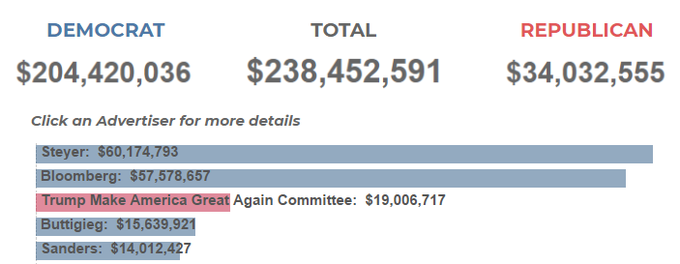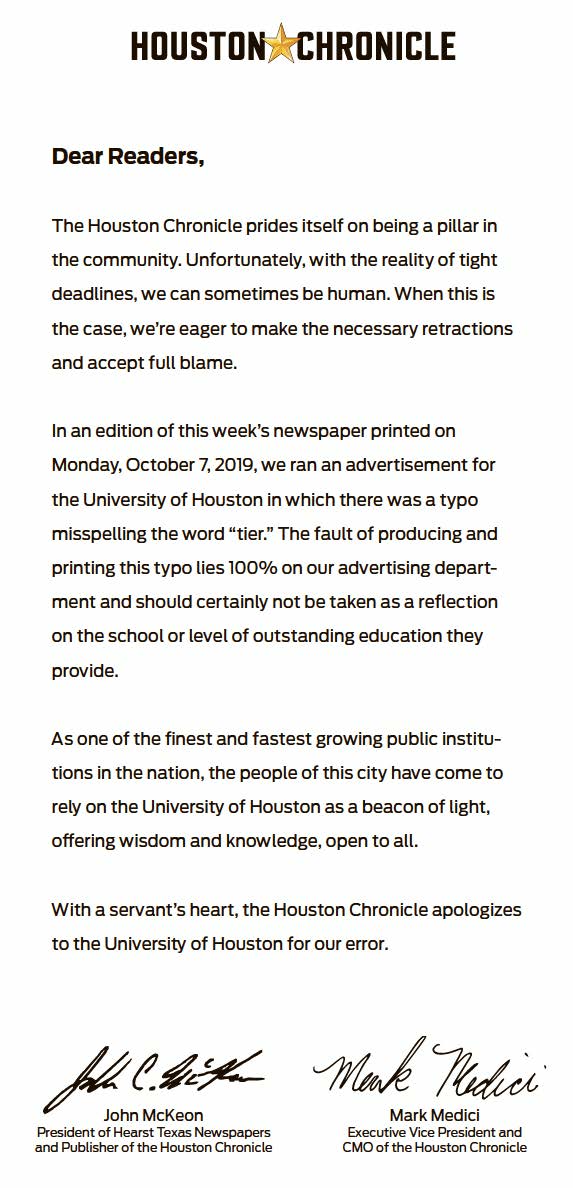
The Oct. 11, 1918, edition of the Houston Post includes a notice that city teachers were still to be paid, despite the fact that schools were closed because of the epidemic. (Photo courtesy of University of North Texas Libraries, The Portal to Texas History, https://texashistory.unt.edu)
The outbreak of COVID-19 has many historians drawing comparisons to the 1918 flu epidemic. Much like the coronavirus, authorities in 1918 responded to the epidemic with a combination of church, school and theater closures, cancellations or prohibitions of public gatherings in attempts to quarantine the ill.
“In 1918, most people would have experienced some kind of disruption to their lives due to the influenza outbreak,” said Rebecca A. Howard, Ph.D., LSC associate professor of History. “Some of the closings and cancellations were ordered locally, others came from the state level.”
It is estimated that 500 million people, about one-third of the world’s population at that time, had been infected and more than 50 million people worldwide died from the 1918 flu epidemic. It killed people within a few days and stood out because it often killed young and health people, not just the very young and the very old like most influenza outbreaks.
“We don’t know the exact numbers, even in the United States,” said Howard. “The systems for death certificates, if they even existed, became overwhelmed in both urban and rural areas. So we have a mix of official records backed up by oral histories.”
The 1918 flu epidemic is not the only 20th-century event which forced self-quarantine measures. During World War II, polio epidemics became especially common. An ancient disease, poliovirus caused paralysis, especially in children. Those who survived often lost the use of their limbs for life.
“Since poliovirus tended to spread in the summer, sleep away camps, public swimming pools, movie theaters, local festivals and even public libraries would close if there were cases reported in the area,” said Howard. “Diphtheria epidemics also repeatedly closed churches and schools and limited public gatherings throughout the early 20th century. Entire towns were put under quarantine.”
Diphtheria, a bacterial infection, blocks the throat with thick mucus often causing death. Children under the age of 6 would most likely be impacted. Adults could be carriers for the disease and unknowingly give it to children.
During that time, newspapers and public notices in places like post offices were the means of informing the public about social distancing rules.
“We would consider it a violation of privacy today, but it was extremely common to list the names of families that were under quarantine in their homes in newspapers due to the disease,” said Howard. “How else would people know not to come over?”
One of the most important things we learned from the past was that controlling diseases required a response at many levels of American society.
“The 1918 flu was spread by soldiers returning from World War I and much of the early information about the epidemic was deliberately hidden from the public out of fear it would hurt morale during a war,” said Howard. “By the 1940s and early 1950s, with a robust federal system honed by World War II, you saw a much stronger federal response to polio, especially in tracking the spread of it.”









